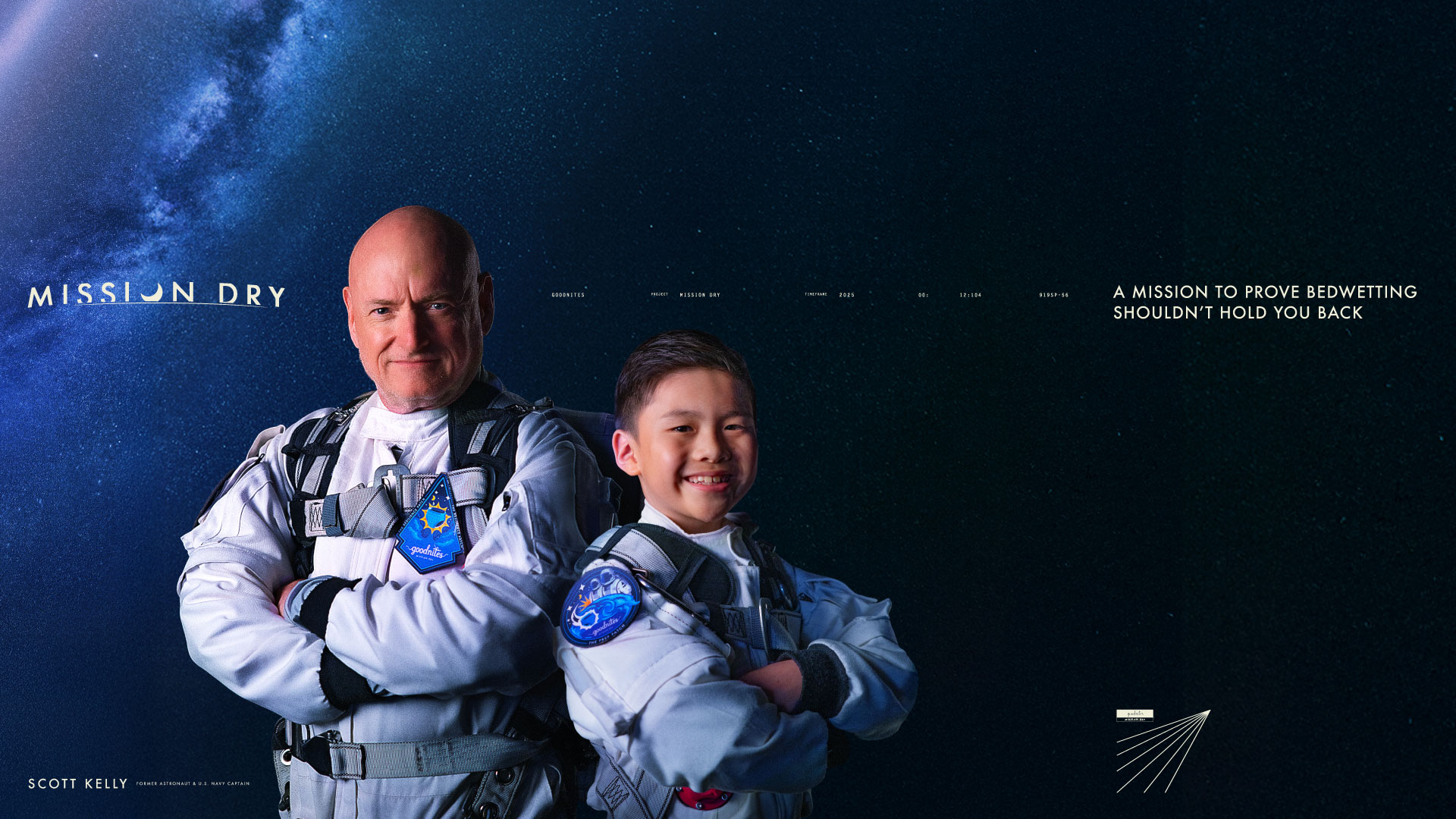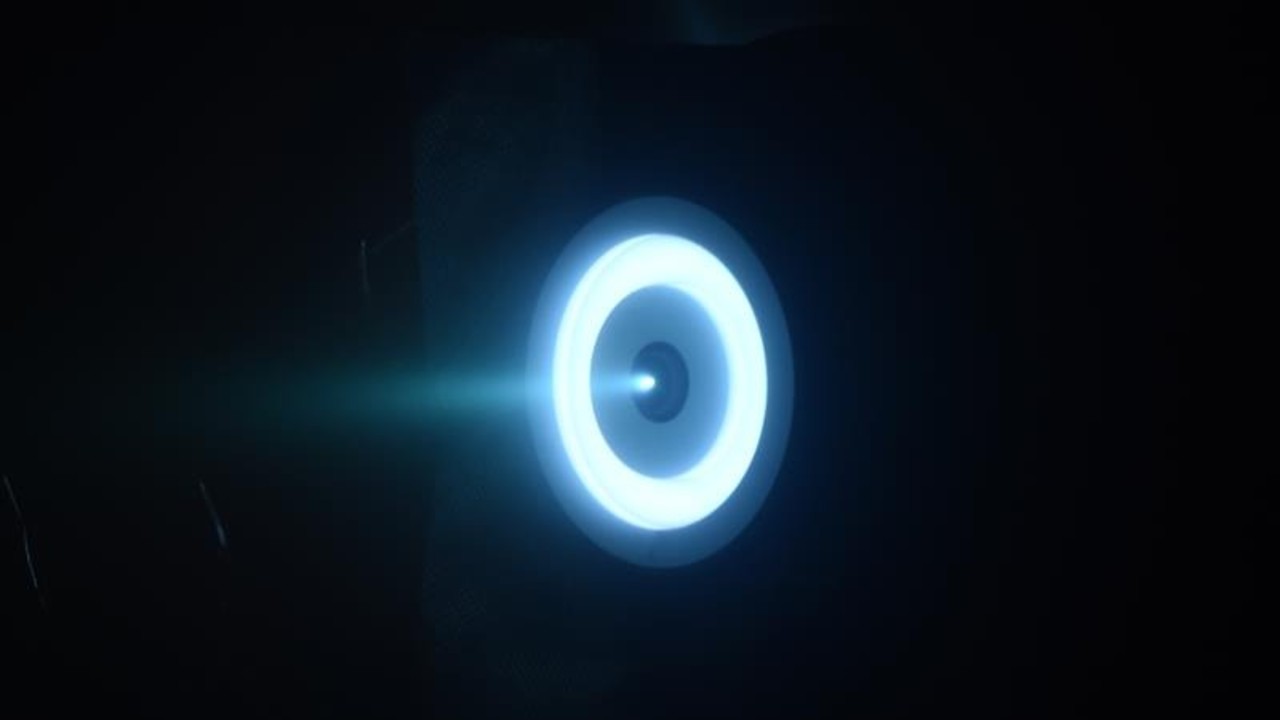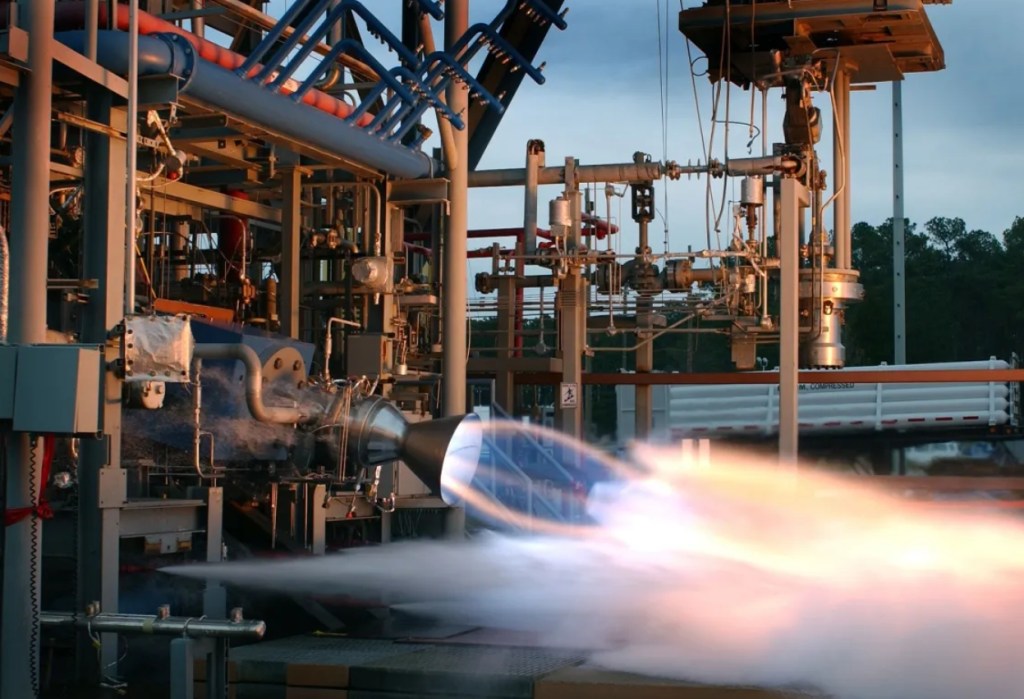NASA Stennis Software is Built for Future Growth
Editor’s Note: The following is one of three related articles about the NASA Data Acquisition System and related efforts. Please visit Stennis News – NASA to access accompanying articles. A data-focused software tool created at NASA’s Stennis Space Center near Bay St. Louis, Mississippi, continues to expand its capabilities and use across the agency. Much […]
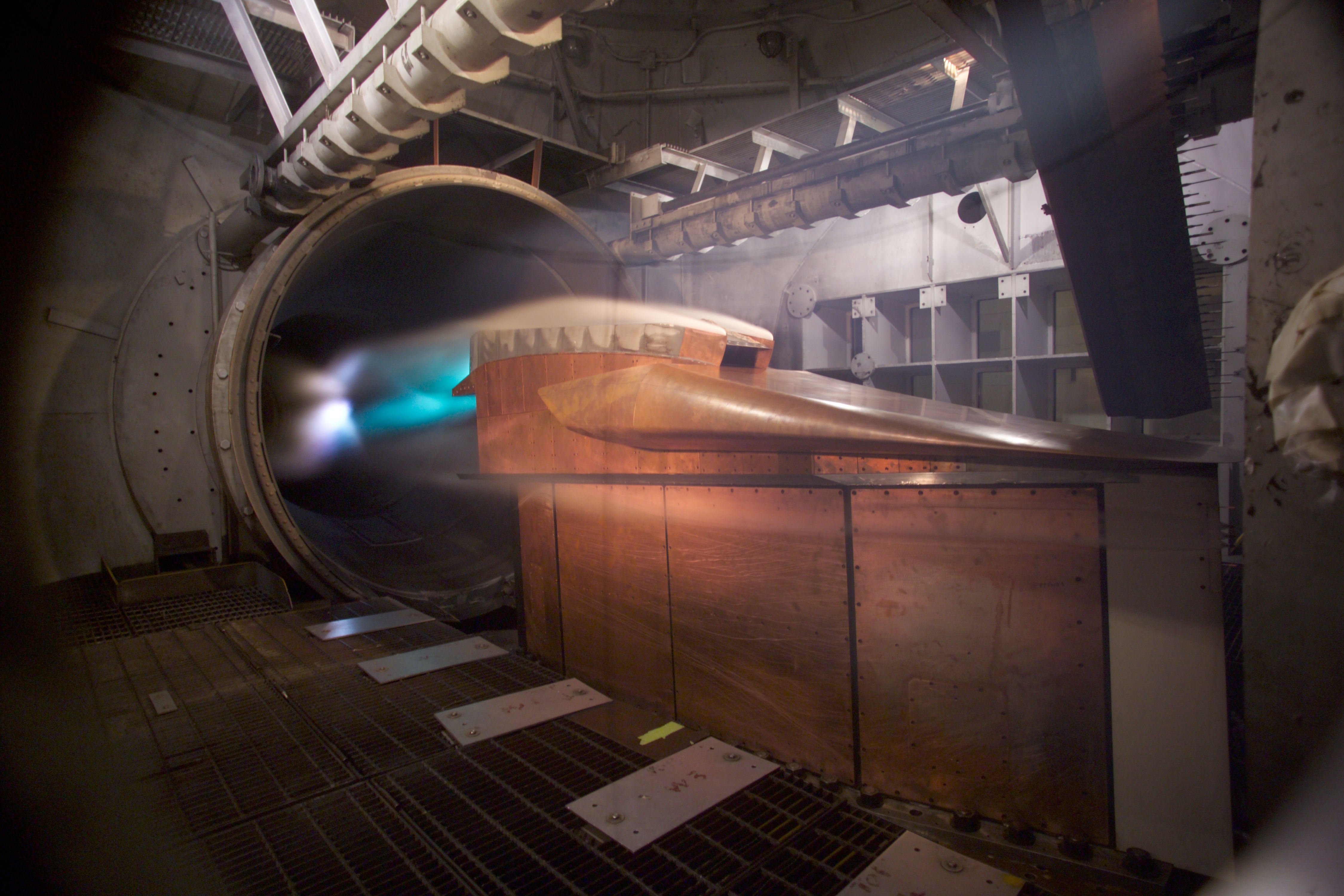
Editor’s Note: The following is one of three related articles about the NASA Data Acquisition System and related efforts. Please visit Stennis News – NASA to access accompanying articles.
A data-focused software tool created at NASA’s Stennis Space Center near Bay St. Louis, Mississippi, continues to expand its capabilities and use across the agency.
Much like the software on a cell phone, the NASA Data Acquisition System (NDAS) software evolves with updates to meet user needs.
“It is not just because we are seeking new opportunities that we evolve,” said Kris Mobbs, NASA project manager for NDAS. “It is because the community of people using this software tell us about all the new, cool things happening and how they want to use the tool.”
Created as a standard method for collecting rocket propulsion test data, NDAS is proving to be a building block to acquire, display, and process various datasets. The flexibility of the software has supplied solutions for NASA’s work in New Mexico and Alabama and is being evaluated for data acquisition needs in Virginia.
When NASA’s White Sands Test Facility in Las Cruces, New Mexico, needed a new data acquisition system with a flexible design, the facility reached out to NASA Stennis since the center had demonstrated success with a similar challenge.
“A major benefit for the agency is having a software platform that is agency owned and developed,” said Josh Simmons, White Sands technical upgrades lead. “Stennis is leading the way and the way the system is written and documented, other programmers can jump in, and the way they have it designed, it can continue on and that is key.”
The NASA Stennis team updated its NDAS platform based on input from White Sands personnel to make it more adaptable and to increase data acquisition rates.
“They look to understand the requirements and to develop an application that is flexible to meet everybody’s requirements,” Simmons said. “They are always willing to improve it, to make it more applicable to a wider audience.”
NDAS will be the primary data acquisition and control systems to support testing and development projects related to NASA’s Orion spacecraft.
“I would like to standardize around it here at White Sands,” said Simmons. “I want to show the worth and versatility of NDAS, so people who need it make a choice to use it.”
Meanwhile at NASA’s Marshall Space Flight Center in Huntsville, Alabama, NDAS is used in multiple areas for small-scale, subscale, and full-scale testing.
Devin Rios Ogle is a contractor software engineer at NASA Marshall, responsible for integrating and upgrading the data acquisition system in the testing areas. The system is used to record data on test sequences to verify they happen as intended.
“The visualization of data is really nice compared to other software I have worked with,” said Rios Ogle. “It is easier to see what data you want to see when you want to see it. You select a measurement, and you can see it in graph form, or tabular form, or however you would like. It is visually appealing and very easy to find the stuff you need.”
Rios Ogle is familiar with the database behind the system and understands what the program is trying to do. He particularly noted the modular approach built into the system, which allows users to adapt the software as needed and is a feature others would find beneficial.
Marcus Jackson, a contractor instrumentation and control engineer at NASA Marshall, echoed Ogle’s assessment of NDAS, noting that it has allowed the center to condense multiple systems into a single package that meets the team’s unique needs.
“Ultimately, NDAS provides us with an excellent software package that is built specifically for the kind of work performed here and at other test stands across the United States,” said Jackson. “It is easy to install, manage, and scale up. It doesn’t break, but if you do find a bug or issue, the NDAS team is very quick to respond and help you find a solution.”
NDAS also represents a potential solution for engineers seeking to standardize data systems at NASA’s Langley Research Center in Hampton, Virginia, a use that could positively impact a mission’s ability to make data-informed decisions.
“We are investigating alternatives for standardization at all Langley facilities,” said Scott Simmons, NASA Langley data systems engineer. “Standardization has the potential for significant maintenance cost savings and efficiencies because of the sharing of the software. Having an instance of NDAS available for the dynamic data system at the 8-Foot High Temperature tunnel enables us to evaluate it as a potential solution for standardization at Langley.”
As the nation’s largest hypersonic blow-down test facility, the tunnel duplicates, as near as possible, flight conditions that would be encountered by hypersonic vehicles at up to Mach 6.5, or more than six times the speed of sound.
Even as its use grows, the NASA Stennis-led software project continues to gain momentum as it expands its capabilities and collaboration with users.
“The goal is to provide a software portfolio that supports a wide range of exciting NASA projects, involving lots of talented people that collaborate and innovate new software solutions far into the future,” Mobbs said. “This is a community of innovative, ambitious, and supportive engineers and scientists across all engineering disciplines that are dedicated to advancing NASA’s bold missions.”











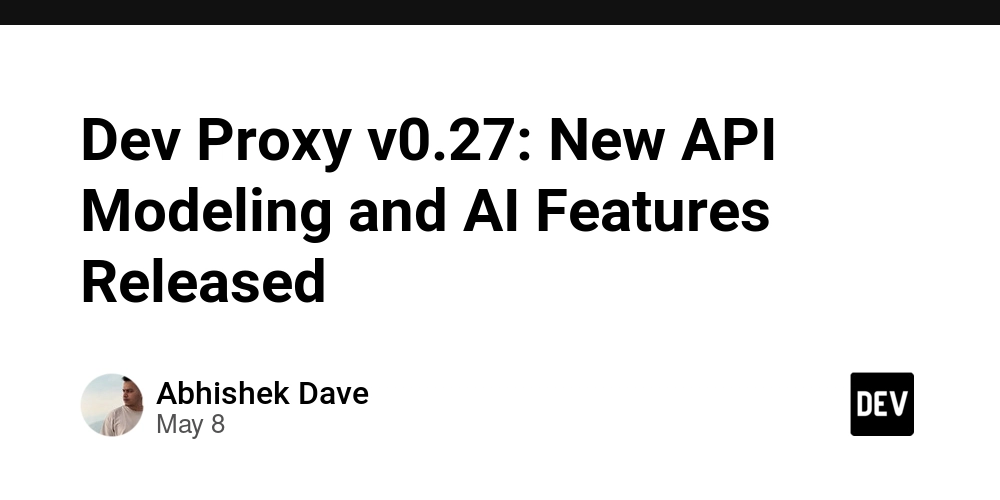






_Aleksey_Funtap_Alamy.jpg?width=1280&auto=webp&quality=80&disable=upscale#)













